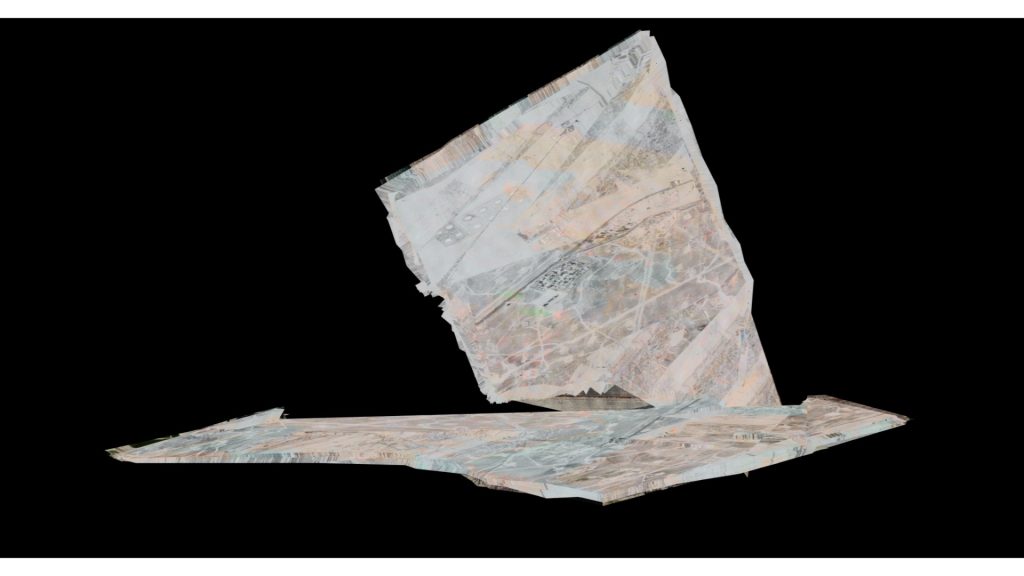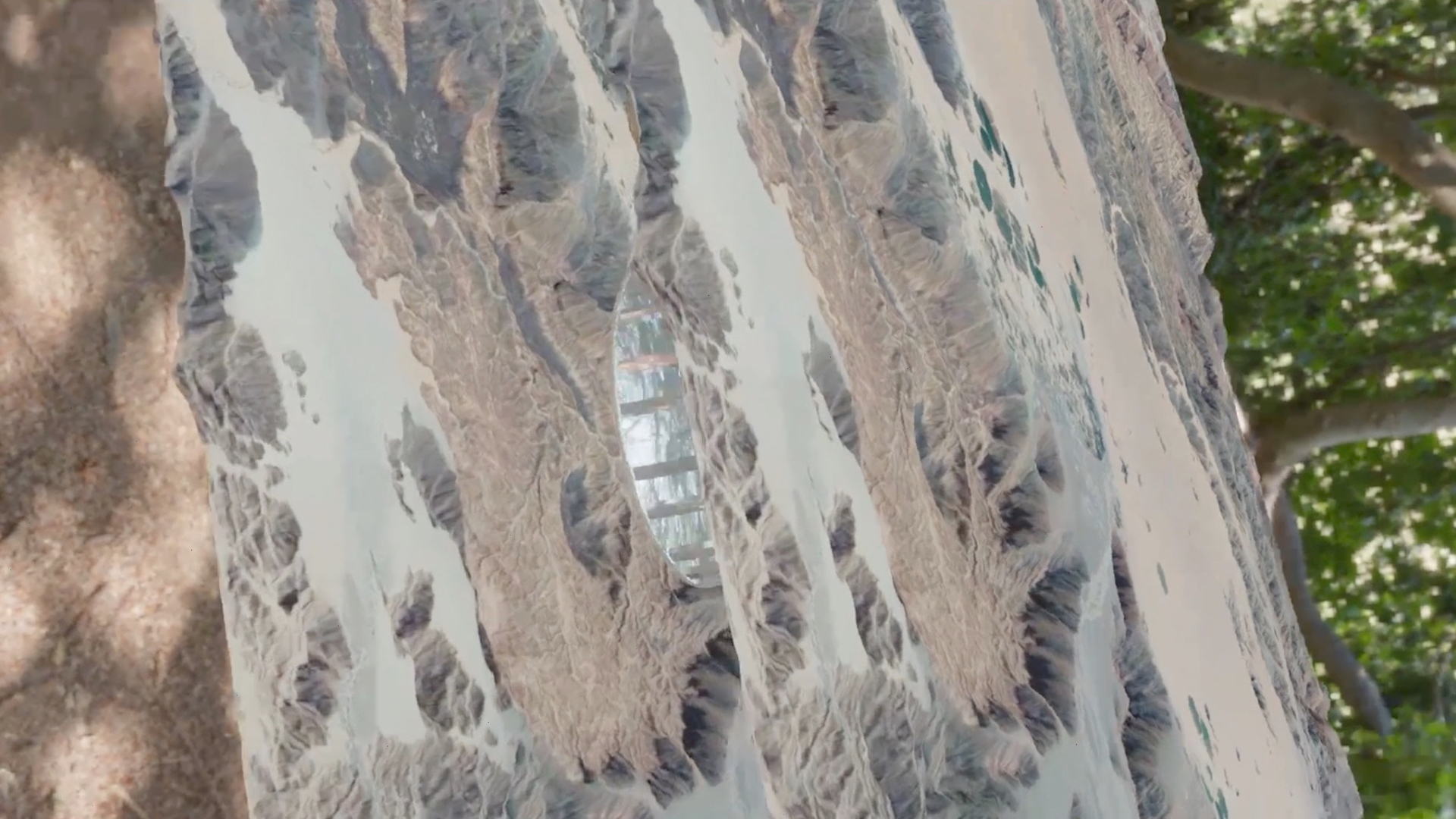Animator Sabine Saba pairs textural graphics with the dizzying metres of ‘Ouda And The Strikers At Najd’, a highlight from Ibtihalat, the debut album from musician, architect and researcher Mhamad Safa.
On Ibtihalat, Safa explores the percussive musical traditions from across north Africa and the Arabian Peninsula, wrestling with geopolitical complexity and musical migrations while at the same time gesturing towards possible future iterations of these sounds. From North Africa, Safa lifts elements from gnawa, West African, Islamic music with ritual significance that spread across the breadth of the continent via musicians forces to relocate to the Moroccan coast, amazigh, polyrhythmic music indigenous to the Berbers of north Africa, and raï, Algerian folk music notable for its anti-colonial lyrical content and it’s adaptation by women vocalists and performers (cheikas) as emblematic of sexual liberation and hedonism. From the Arabian Peninsula, Safa references Sea Music, more commonly known as Music of the Pearl Divers, work songs devised by the ship builders, seamen and pearl divers of the Arabian side of the Persian Gulf, laywa, ceremonial music from Bahrain, UAE, Oman and Basra, Iraq brought over during slave trades from Kenya, South Somalia and Tanzania, and samiri, music related to Zar rituals of exorcism and spirit expulsion. Drawing from a sprawling, yet intrinsically linked, patchwork of cultural exchange and musical tradition, Safa threads richly textured percussive compositions, headfuck assemblages of sound design, micro-sampling, algorithmic sound technology, psychoacoustics, field recordings, and their graphic interpretations. “The album crafts a multi-patterned sonorous speculation, reflective of percussive musical traditions whose histories and presents shapeshifted with spatial and logistical yet celestial imaginaries,” he explains.



For the dizzying visual accompaniment to the evocatively titled ‘Ouda And The Strikers At Najd,’ which plays on the complex metres of gnawa, animator Sabine Saba layers graphical texture, manipulating imagery of rock formations, classical architecture and bisected fibre optic cables. “This exercise unsettles the proposal-driven use of computer graphics by examining existing georealities initially modeled into being,” explains Saba. “It peeks through their shifts and rifts to look for possible future encounters between humans and land.” Like Safa’s production, Saba unpicks historical forms in order to speculate on future potentialities, blurring and blending environmental and technological progress over rapidly expanding and contracting timelines in the rapid evolution of his animations. As ‘Ouda And The Strikers At Najd’ pinballs between low-slung lollop and high tension spring, drilling guttural vocal chops into many-metred percussion, robotic arms and precious metals are folded into an jittering landscape of ancient caves and rotating coliseums, shining chrome and sand-coloured stone.



‘Ouda And The Strikers At Najd’ is taken from Ibtihalat, which arrives on April 29 via Lee Gamble’s UIQ. For more information about Sabine Saba and her work you can follow her on Instagram. You can find Mhamad Safa on Instagram.
Watch next: Most Dismal Swamp slides into a mixed reality k-hole with MUSH




